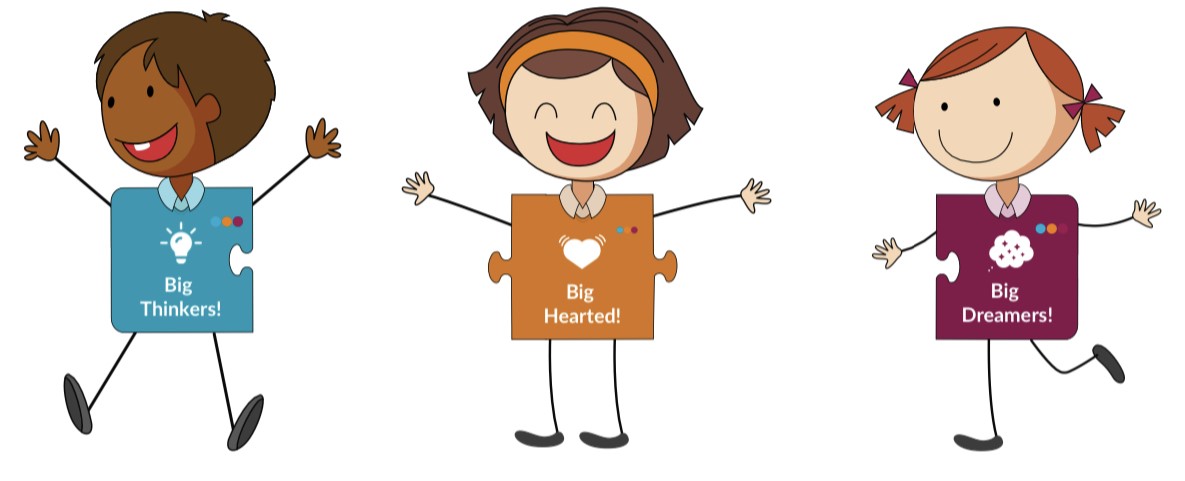‘CHPA curriculum equips pupils with the academic and social skills for their current and future life.’
Charnock Hall Primary Academy aims to deliver a 21st century curriculum that inspires and challenges all of our pupils, staff and parents. It promotes the intellectual development of our pupils by equipping them with the knowledge and skills to develop their understanding of the world around them and to develop key learning dispositions that will prepare our pupils for the next stage in their learning journey.
We offer depth of the curriculum, allowing pupils to learn well and use what they have learnt in a range of contexts. In an ever shifting global cultural climate, CHPA aims to ensure that the curriculum is current, relevant and engaging to the pupils it serves, taking account of British values of democracy, tolerance, mutual respect, individual liberty, protected characteristics and our local school community.
2024-2025 Learning
Autumn Term
Medium Term End Point Autumn 2024
Spring Term
Medium Term End Point Spring 2025
Summer Term
Medium Term End Point Summer 2025
Executive Functioning – A Summary
Being Y1 Ready
Early Years Foundation Stage (EYFS) Curriculum
In order to ensure pupils are given broad and meaningful learning experiences, CHPA follows the statutory guidance for the Early Years, within the birth to five frame-work and are assessed against Development Matters, as they progress towards the Early Learning Goals. Currently, the Early Learning Goals within the framework require that pupils develop skills within seven areas of learning. These are Communication and Language, Physical Development and Personal, Social and Emotional Development (Prime Areas); alongside Literacy, Maths, Understanding the World and Expressive Arts and Design (Specific). There are however, no requirements for specific subjects or topics to be taught, but rather that pupils have a wide variety of experiences, which are meaningful to their own development and growing understanding of the world around them. At this age, much of the learning grows from children’s immediate experiences, skilfully developed by the practitioners who work with them. Teaching and learning includes both indoor and outdoor environments. The structure of the teaching year remains fluid enough to ensure that we remain responsive pupil development and their own observations and interests. However, there is an overall theme for each half-term.
